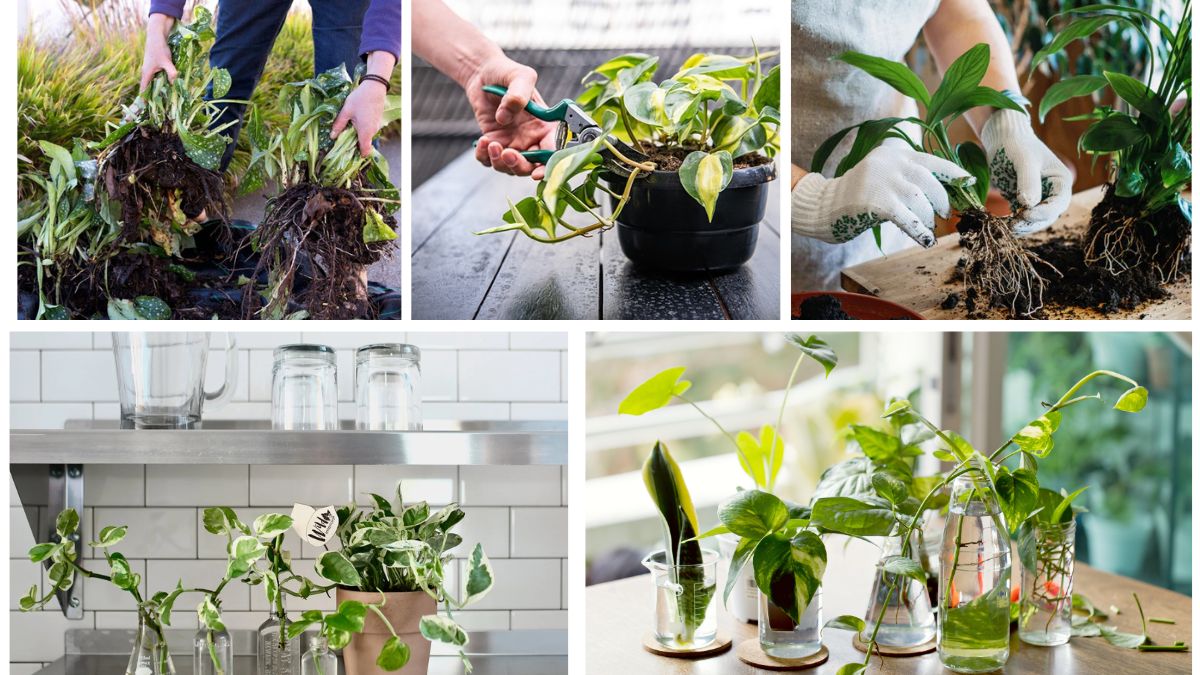One of the most rewarding aspects of gardening is the ability to multiply your plants without having to buy new ones. This process, called plant propagation, is not only budget-friendly but also allows you to expand your garden with plants you already love. Whether you’re a beginner gardener or an experienced green thumb, propagation is a valuable skill that can make your garden more vibrant and diverse.
This easy guide will walk you through the basics of plant propagation, including its types, methods, and step-by-step instructions for some of the most common techniques. By the end, you’ll have the knowledge and confidence to propagate plants and create a thriving home garden full of life.
What is Plant Propagation?
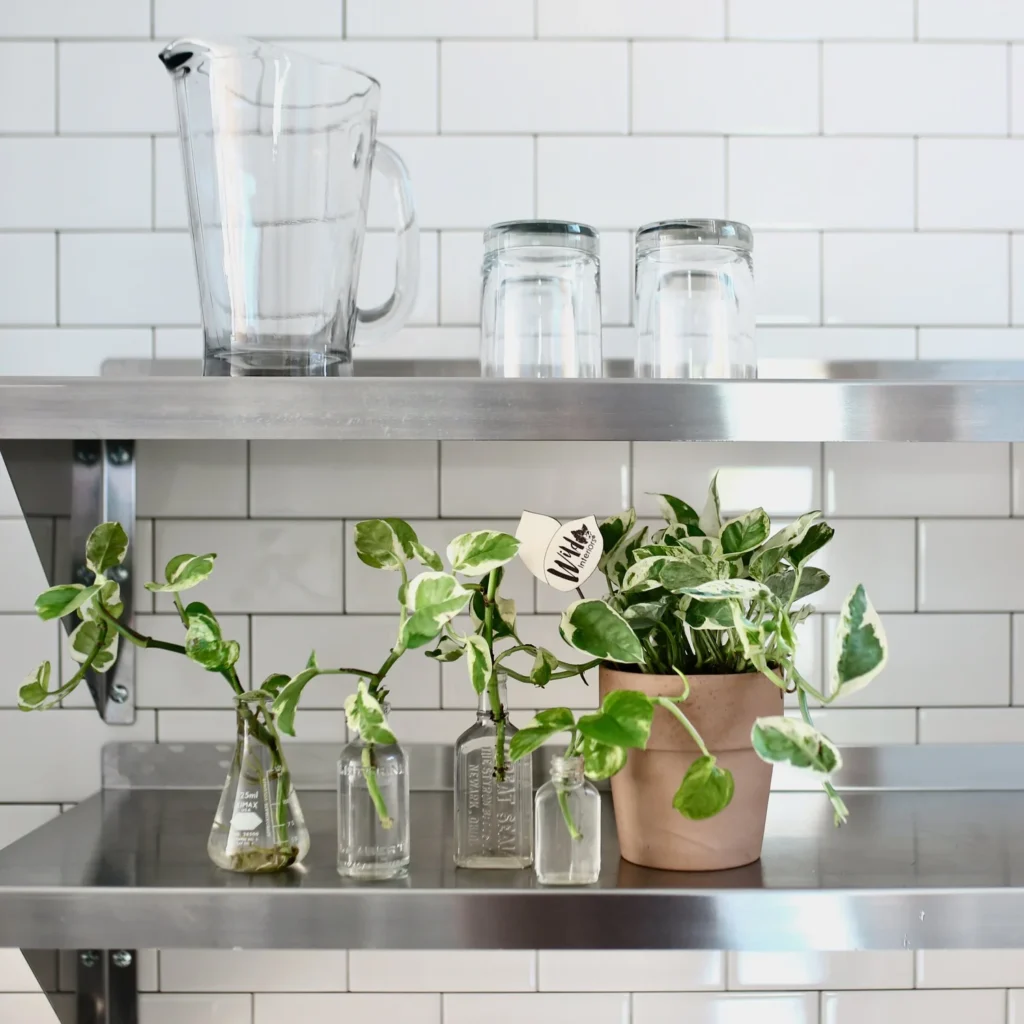
Plant propagation is the process of creating new plants from existing ones. This can be done using sexual propagation (seeds) or asexual/vegetative propagation (cuttings, division, layering, or grafting).
- Sexual propagation: Involves growing plants from seeds. This produces genetically unique offspring.
- Asexual propagation: Involves cloning a plant from a part of the parent plant. The new plant will be genetically identical to the parent.
Benefits of Propagating Plants at Home
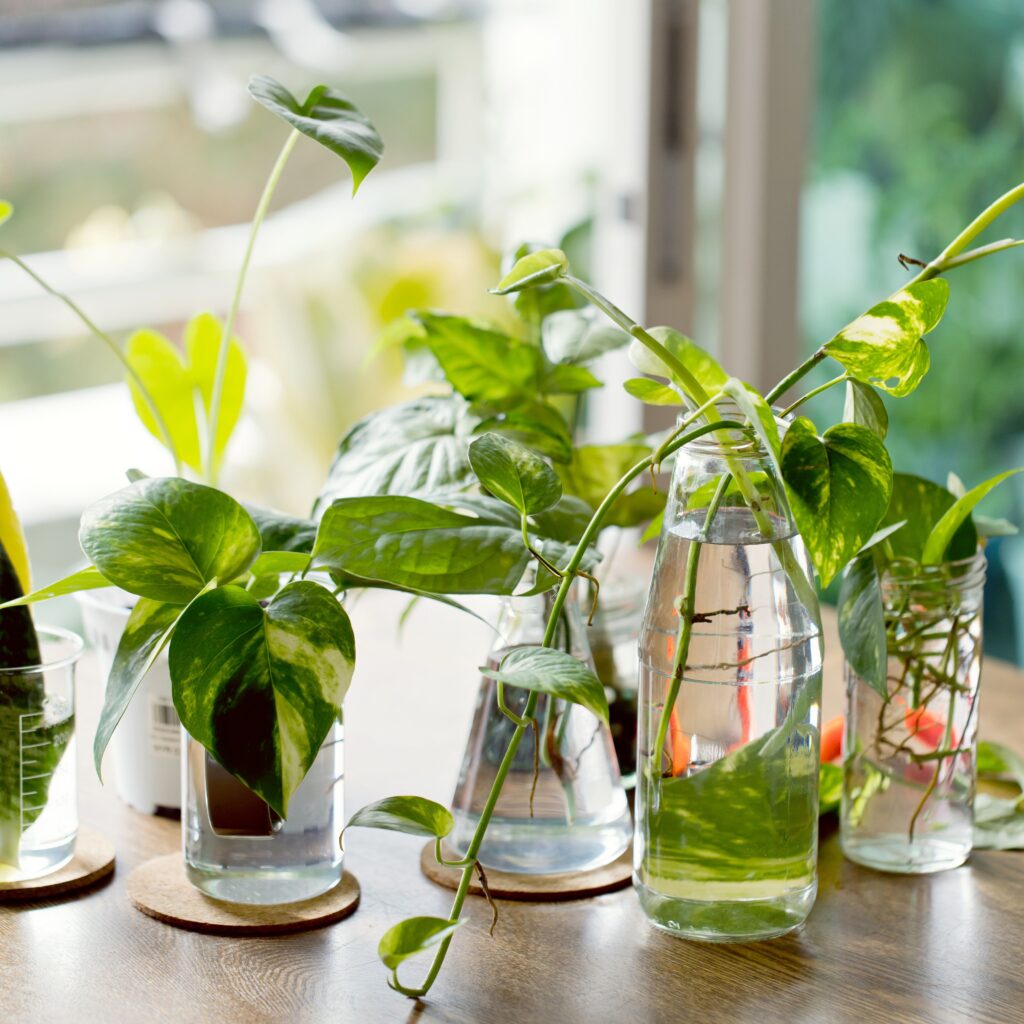
- Cost-effective – Instead of buying new plants, you can create them yourself.
- Preserve favorite plants – Clone a plant you love to keep its exact traits.
- Sustainability – Reduce waste by reusing cuttings and divisions.
- Learning opportunity – Gain hands-on knowledge about plant growth.
- Garden expansion – Fill your home and garden with more greenery quickly.
Types of Plant Propagation
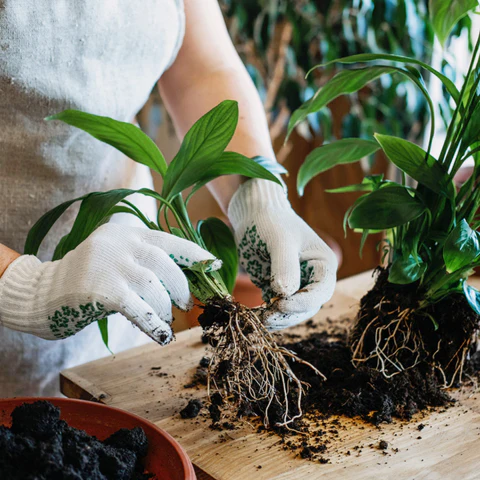
1. Seed Propagation (Sexual)
- Easiest and most natural method.
- Seeds are collected, planted in soil, and grown into new plants.
- Great for vegetables, herbs, and flowering plants.
- Example: Tomatoes, basil, and marigolds.
2. Stem Cuttings (Asexual)
- A piece of stem with nodes is cut and rooted in water or soil.
- Commonly used for indoor plants and shrubs.
- Example: Pothos, coleus, hibiscus.
3. Leaf Cuttings
- A leaf or part of a leaf is planted in soil to grow roots and shoots.
- Example: Snake plant, African violet.
4. Division
- Mature plants are divided into smaller clumps, each with roots and shoots.
- Example: Hostas, ferns, aloe vera.
5. Layering
- A stem is bent to the ground and covered with soil while still attached to the parent.
- Roots form, and the new plant is separated later.
- Example: Jasmine, strawberries.
6. Grafting and Budding
- A part of one plant (scion) is joined with another plant (rootstock).
- Common in fruit trees.
- Example: Mango, apple, and rose plants.
Step-by-Step Guide to Common Propagation Methods
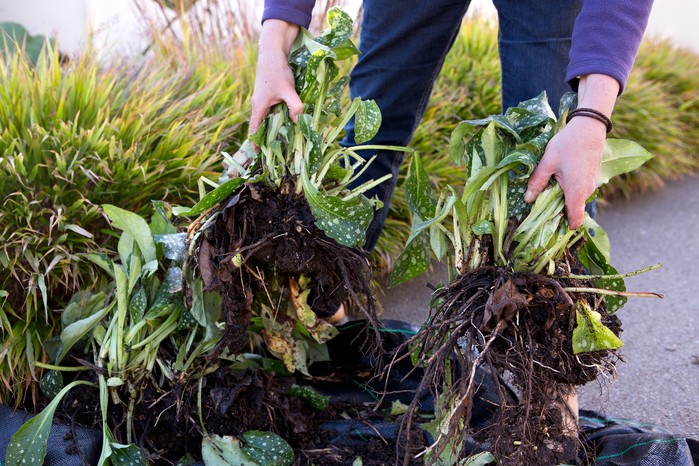
Method 1: Propagating from Seeds
- Choose seeds – Select healthy seeds from fruits, flowers, or packets.
- Prepare soil – Use a well-draining seed-starting mix.
- Plant seeds – Sow them at the recommended depth.
- Water lightly – Keep soil moist but not soggy.
- Provide light – Place in a sunny window or under grow lights.
- Transplant seedlings – Once they have 2–3 true leaves, move them to larger pots or the garden.
Best for beginners: Tomatoes, basil, sunflowers, beans.
Method 2: Stem Cuttings
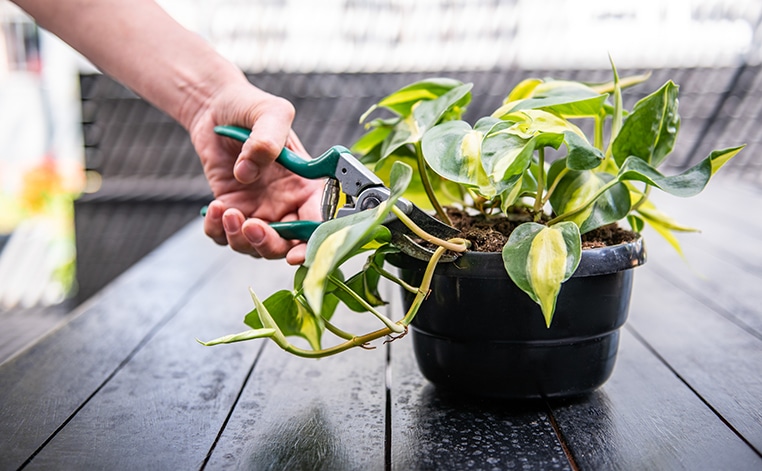
- Select a healthy plant – Choose a disease-free parent plant.
- Cut a stem – Make a clean cut just below a leaf node (4–6 inches long).
- Remove lower leaves – Leave 2–3 leaves at the top.
- Dip in rooting hormone (optional) – Helps faster root growth.
- Plant in soil or water – Place in a pot with moist soil or in a glass of water.
- Provide humidity – Cover with a plastic bag to retain moisture.
- Wait for roots – Roots form in 2–4 weeks.
Best plants: Pothos, coleus, mint, geraniums.
Method 3: Leaf Cuttings
- Choose a healthy leaf – Cut a mature leaf cleanly.
- Plant in soil – Insert the leaf base into a moist potting mix.
- Cover and water – Keep humidity high and soil lightly moist.
- Watch for growth – New roots and shoots appear in a few weeks.
Best plants: Snake plants, succulents, African violets.
Method 4: Division
- Remove the plant from the pot – Gently take out the parent plant.
- Separate clumps – Divide root clumps using hands or a knife.
- Replant divisions – Place each section in new pots or garden soil.
- Water thoroughly – Keep them hydrated until established.
Best plants: Aloe vera, ferns, ornamental grasses, hostas.
Method 5: Layering
- Select a flexible stem – Bend it toward the ground.
- Bury part of the stem – Cover with soil while leaving the tip exposed.
- Secure with a pin or stone – Hold the stem in place.
- Wait for roots – Roots form in 2–3 months.
- Cut and transplant – Once rooted, separate from the parent plant.
Best plants: Jasmine, roses, strawberries, climbers.
Tips for Successful Plant Propagation
- Always use clean, sharp tools to avoid infections.
- Choose healthy parent plants for best results.
- Maintain proper humidity and temperature – Many cuttings thrive in warm, moist conditions.
- Avoid overwatering – Excess water can cause rotting.
- Be patient – Some plants take weeks or months to root.
Common Mistakes to Avoid
- Using weak or diseased plants – Reduces success rate.
- Overwatering cuttings – Leads to root rot.
- Not labeling cuttings or seedlings – Causes confusion.
- Insufficient light – Slows down root and shoot development.
- Skipping acclimatization – New plants need gradual adjustment before moving outdoors.
Best Plants to Start Propagating as a Beginner
- Herbs: Mint, basil, oregano.
- Indoor plants: Pothos, spider plant, snake plant.
- Flowering plants: Geranium, coleus, marigold.
- Succulents: Jade, echeveria, aloe.
These plants are easy to propagate and perfect for practice.
Conclusion
Propagating plants at home is a fulfilling, cost-effective, and eco-friendly way to grow your garden. From the simplicity of seed sowing to the excitement of watching a cutting develop roots, propagation allows you to expand your greenery with minimal effort. By following the step-by-step techniques in this guide, you can create new life from existing plants and enjoy a lush, thriving garden.
Whether you’re propagating herbs for your kitchen, indoor plants for your living space, or flowers for your garden beds, this skill will empower you to nurture and multiply plants for years to come.
